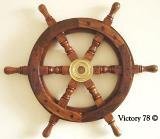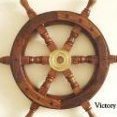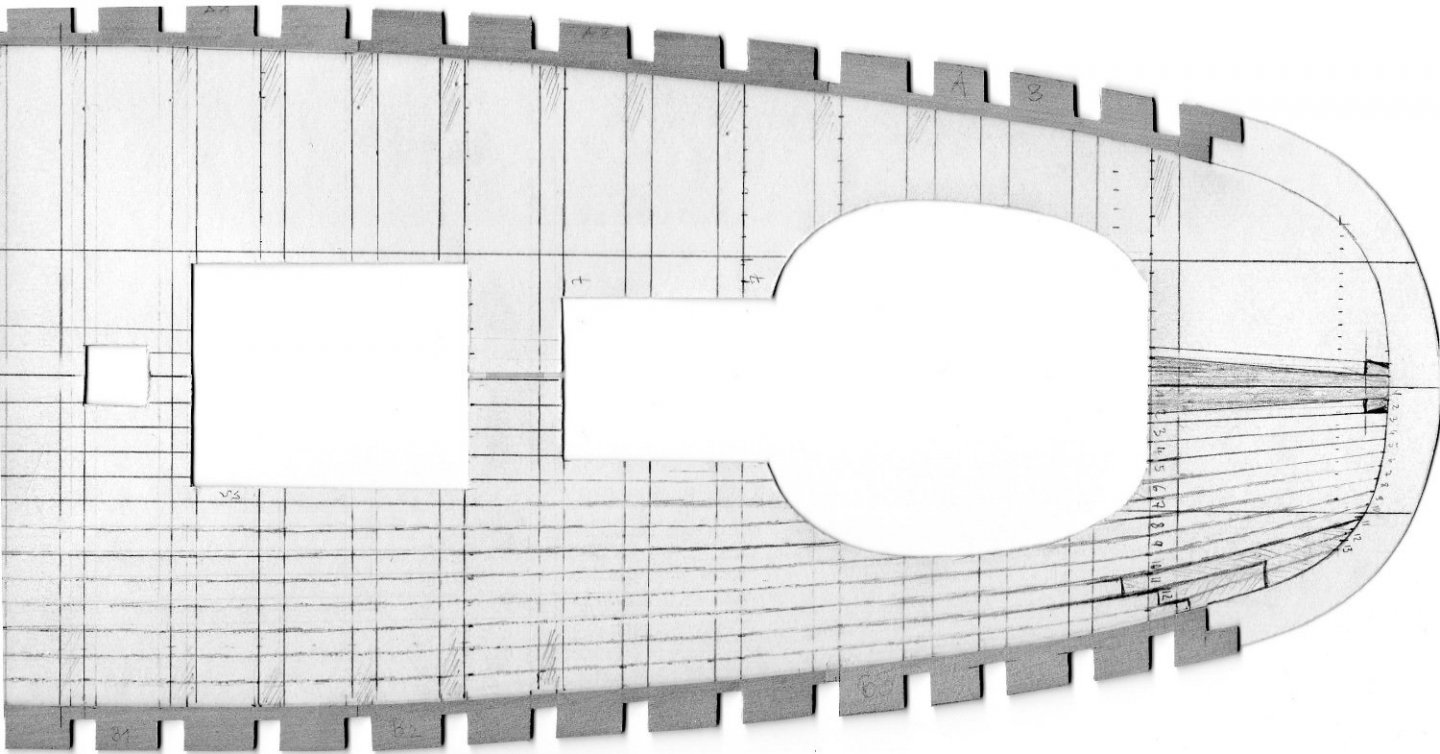-
Posts
30 -
Joined
-
Last visited
Profile Information
-
Location
Berlin; Germany
Recent Profile Visitors
The recent visitors block is disabled and is not being shown to other users.
-
 Roger Pellett reacted to a post in a topic:
Phantom 1868 by victory78 - New York pilot boat
Roger Pellett reacted to a post in a topic:
Phantom 1868 by victory78 - New York pilot boat
-
 GrandpaPhil reacted to a post in a topic:
Phantom 1868 by victory78 - New York pilot boat
GrandpaPhil reacted to a post in a topic:
Phantom 1868 by victory78 - New York pilot boat
-
 BETAQDAVE reacted to a post in a topic:
Phantom 1868 by victory78 - New York pilot boat
BETAQDAVE reacted to a post in a topic:
Phantom 1868 by victory78 - New York pilot boat
-
 Javelin reacted to a post in a topic:
Phantom 1868 by victory78 - New York pilot boat
Javelin reacted to a post in a topic:
Phantom 1868 by victory78 - New York pilot boat
-
 Javelin reacted to a post in a topic:
Phantom 1868 by victory78 - New York pilot boat
Javelin reacted to a post in a topic:
Phantom 1868 by victory78 - New York pilot boat
-
 Javelin reacted to a post in a topic:
Phantom 1868 by victory78 - New York pilot boat
Javelin reacted to a post in a topic:
Phantom 1868 by victory78 - New York pilot boat
-
Hello Dave, I had to take a few breaks in building this model. I neglected to post the next steps a bit, but I'll catch up. But I will answer your questions first. The book I use is based on H.I. Chapple drawn half model by Lawlor and a revision of a plan by G.F. Campell by the authors. There were also 3 plan drawings of the hull, deck and details as well as a side view of the entire ship. The author of the book presents the construction as a team project step by step in our forum, so we get a lot of individual information about the components and construction steps. I myself have not conducted any research into PHANTOM and its sister ship PET. So I don't have any other sources. Thank you for liking the posts. I will now continue the report regularly.
-
 berhard reacted to a post in a topic:
Phantom 1868 by victory78 - New York pilot boat
berhard reacted to a post in a topic:
Phantom 1868 by victory78 - New York pilot boat
-
 yvesvidal reacted to a post in a topic:
Phantom 1868 by victory78 - New York pilot boat
yvesvidal reacted to a post in a topic:
Phantom 1868 by victory78 - New York pilot boat
-
 BETAQDAVE reacted to a post in a topic:
Phantom 1868 by victory78 - New York pilot boat
BETAQDAVE reacted to a post in a topic:
Phantom 1868 by victory78 - New York pilot boat
-
 BETAQDAVE reacted to a post in a topic:
Phantom 1868 by victory78 - New York pilot boat
BETAQDAVE reacted to a post in a topic:
Phantom 1868 by victory78 - New York pilot boat
-
 victory78 reacted to a post in a topic:
Zeesboot by Mirabell61 - FINISHED - scale 1:24 - wooden fishing vessel c. 1876 - small
victory78 reacted to a post in a topic:
Zeesboot by Mirabell61 - FINISHED - scale 1:24 - wooden fishing vessel c. 1876 - small
-
Hello Nils, congratulations from me too on the completion of your Zeesboot model. A very nice work with many details. Maybe you can do a tour with a boat on the coast... have fun.
-
Hi Nils, I'm also taking a break from model making. Other important tasks are currently pending. The models stand there and remind me again and again. At some point it will continue.
- 180 replies
-
- pilot boat
- Elbe 5
-
(and 3 more)
Tagged with:
-
 victory78 reacted to a post in a topic:
Pilot schooner Elbe 5 by Mirabell61 - FINISHED - scale 1:50 - about 1890 (launched 1883 in Hamburg)
victory78 reacted to a post in a topic:
Pilot schooner Elbe 5 by Mirabell61 - FINISHED - scale 1:50 - about 1890 (launched 1883 in Hamburg)
-
Hello Nils, exciting project, I wish you a lot of fun and I like to watch. What's next for the Zeesboot?
- 180 replies
-
- pilot boat
- Elbe 5
-
(and 3 more)
Tagged with:
-
 victory78 reacted to a post in a topic:
Le Redoutable by Oliver1973 - 1/48 - POF - based on own reconstruction
victory78 reacted to a post in a topic:
Le Redoutable by Oliver1973 - 1/48 - POF - based on own reconstruction
-
 victory78 reacted to a post in a topic:
Meta by bolin - Billing Boats - 1:40 - original fore-and-aft schooner rig
victory78 reacted to a post in a topic:
Meta by bolin - Billing Boats - 1:40 - original fore-and-aft schooner rig
-
 victory78 reacted to a post in a topic:
America by Sterlingclements - BlueJacket Shipcrafters - 1/48
victory78 reacted to a post in a topic:
America by Sterlingclements - BlueJacket Shipcrafters - 1/48
-
 victory78 reacted to a post in a topic:
Meta by bolin - Billing Boats - 1:40 - original fore-and-aft schooner rig
victory78 reacted to a post in a topic:
Meta by bolin - Billing Boats - 1:40 - original fore-and-aft schooner rig
-
An interesting ship with an interesting home port, I like to look at it. Beech wood is a bit stubborn for planking - pear wood is perfect. I also get my wood from "MassivHolzWerkstatt" a good dealer.
- 112 replies
-
- billing boats
- meta 484
-
(and 1 more)
Tagged with:
-
 victory78 reacted to a post in a topic:
Meta by bolin - Billing Boats - 1:40 - original fore-and-aft schooner rig
victory78 reacted to a post in a topic:
Meta by bolin - Billing Boats - 1:40 - original fore-and-aft schooner rig
-
 victory78 reacted to a post in a topic:
Meta by bolin - Billing Boats - 1:40 - original fore-and-aft schooner rig
victory78 reacted to a post in a topic:
Meta by bolin - Billing Boats - 1:40 - original fore-and-aft schooner rig
-
Hallo everyone, lets planking the hull … I'll start with the keel plank. It is easier to build them at the beginning than to put them between the keel and the plank at the end. I also have more leeway for bulwark. I build the keel plank in two parts. The part would originally be 23 yards long. Was it in one piece? I don't know, but it would have needed a big tree. Plank by plank was glued. Some stealers were necessary.Alternating side by side of the hull. The pictures show it. … a short break to planking the stern.
-
 victory78 reacted to a post in a topic:
Viking Longboat by Koerant - FINISHED - Artesania Latina
victory78 reacted to a post in a topic:
Viking Longboat by Koerant - FINISHED - Artesania Latina
-
it goes on … I have not planked the forecastle and forecastle deck directly on the ship. The cardboard template with the waterway was the basis and could be placed on the hull to check. The advantage is that an error can be corrected more easily and there is also more space to work. by the way; at this point and to this day i am not sure if and where i will paint the model. Hence the different wood colors. I made the planks out of maple wood. The beams were built from dark pear wood. This gives a nice contrast. The plank picture was drawn. The body wood was worked out from the drawn plank scheme, assembled from several parts and glued to the template. The floorboards were then laid, starting from the outside. On the center line of the deck, small differences could be compensated for without any problems. The caulking of the planks was indicated very subtly with an almost dry Edding. There is a visible deck beam at the transition from the foredeck to the aft deck. This is slightly decorated with a profile. The profile was incorporated with a specially made scraper. The wood for the bollard, fan and chimney was used. I used wax to represent the dowels. The cold wax was pressed into the drilled holes (0.0197"). Excess wax was removed and polished with fine steel wool. The deck is reinforced in the area of the mast holes and capstan. These doublings were also provided with the body wood for the beting supports. The forecastle deck was also covered with planks. The course of the planks is curved here. Body wood for bollards and the cockpit were inserted and the dowel holes sealed with wax. That looks like a ship... doesn't it? I really hope that the translation is understandable.
-
thank you for the likes… Greg, nice to read that you like the schooner. The community project is very good and a lot of fun. But at the moment I can't do much with my two models, unfortunately it's not the first priority. But I can report on the construction. The good thing about the Scratch model is that you have to think in order to realize something. The cockpit frame is good practice. I tried to bend a 3mm wood that tight but without success. It's ok with the veneer. More challenges will follow. Keith, yes, I am trying to build a nice model. But I think that the originals were not always so exact - but the scale is correct again.
-
Hallo, thank you for the likes … The Deck The waterway forms the boundary of the deck. The Timbertop/Bulwarkstanchion break through the waterway at defined distances from the real frames. So the first step is to make the bulwark stanchion (4x4 mm dark pear wood) and insert it in the hull. Indentations were cut into the torso with a scalpel. The bulwark stanchions were aligned with the top of the building frame and glued in place. Step by step until everything was complete. The bulwark stanchions are perpendicular to the construction waterline, not the keel line. D1 The Timberhawse at the bow consist of several glued parts. The contours for the waterway were taken using a template. The Waterway was made from 1 mm pear wood boards. Step by step, the individual parts were shaped with a file. The bulwark at the stern was made from several pieces of wood and was shaped with a circular sander. The frame of the rudder cockpit was laminated from 3 layers of pear wood veneer. A mold had to be made for this. … now the decks could be planked. bye for now
-
Hi, everyone, the ship's hull was turned upside down for the upcoming work. A small assembly stand is stuck in the openings of the companionway. There is a slight kink at the transition to the star. The rear was designed with a cardboard template. The Keel The keel was composed of three parts of pear wood with Z-lugs. A sheet of glass is a good basis to get a straight keel. A slightly narrower strip (3x1 mm) was glued to the inside of the keel. This creates a “false” keel scarph. In the next step, the keel and stern post were pinned and glued to the ship’s hull. …. now we went to the decks ...
-
Thanks for Likes... If the spaces between the structural frames are filled with waste (plywood multiplex), the result is a very stable hull. This can be planked directly. The excess wood is sanded off. In order not to remove too much when straightening, the edges of the structural frames frames are blackened (Edding). And now it was sanded. The result is a beautiful, even hull. Some places were filled. The beamrounding was shaped. The Phantom has beautiful lines. It goes on with the Stern.
About us
Modelshipworld - Advancing Ship Modeling through Research
SSL Secured
Your security is important for us so this Website is SSL-Secured
NRG Mailing Address
Nautical Research Guild
237 South Lincoln Street
Westmont IL, 60559-1917
Model Ship World ® and the MSW logo are Registered Trademarks, and belong to the Nautical Research Guild (United States Patent and Trademark Office: No. 6,929,264 & No. 6,929,274, registered Dec. 20, 2022)
Helpful Links
About the NRG
If you enjoy building ship models that are historically accurate as well as beautiful, then The Nautical Research Guild (NRG) is just right for you.
The Guild is a non-profit educational organization whose mission is to “Advance Ship Modeling Through Research”. We provide support to our members in their efforts to raise the quality of their model ships.
The Nautical Research Guild has published our world-renowned quarterly magazine, The Nautical Research Journal, since 1955. The pages of the Journal are full of articles by accomplished ship modelers who show you how they create those exquisite details on their models, and by maritime historians who show you the correct details to build. The Journal is available in both print and digital editions. Go to the NRG web site (www.thenrg.org) to download a complimentary digital copy of the Journal. The NRG also publishes plan sets, books and compilations of back issues of the Journal and the former Ships in Scale and Model Ship Builder magazines.





